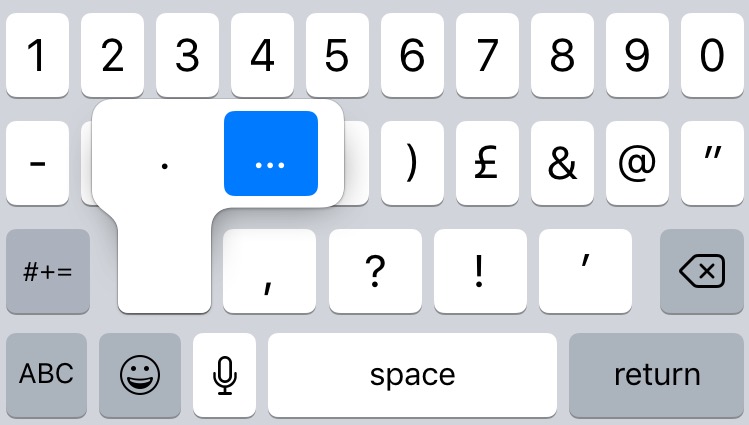Each week proofreader Hannah Jones discusses and offers a remedy to common problems we encounter when writing. Today she discusses perhaps the most suspenseful of punctuation marks … the ellipsis.
What is an ellipsis?
An ellipsis (from the Greek elleipsis meaning 'leave out') is a set of three, usually unspaced, dots (…). As the name suggests, these dots signify that a word or words have been intentionally omitted.
When should an ellipsis be used?
There are many occasions when ellipses can come in handy. Here are some of the most common uses – and some common pitfalls to avoid!
To show part of a quote is missing
You will often find ellipses in academic writing or other texts with quoted material. If part of a quote is not relevant, it can be omitted and replaced with an ellipsis to show the reader that the quote is incomplete.
Full quote:
New Hart's Rules states, “Do not place an ellipsis at the start or end of a quotation, even if this is not the beginning or end of a sentence; the reader must accept that the source may continue before and after the text quoted.”
Quote with omission:
New Hart's Rules states, “Do not place an ellipsis at the start or end of a quotation … the reader must accept that the source may continue before and after the text quoted.”
When using ellipses with quoted material, it is important that you do not mislead the reader by your omission. The original meaning of the quote must remain unchanged.
Quick remedy: to insert an ellipsis on an iPhone or iPad press and hold the full stop.
Some idioms are so common that only the first half needs to be said for the message to get across.
When in Rome …
Don't count your chickens …
Every cloud …
Too many cooks …
To show someone trailing off
Ellipses are very useful when writing dialogue or internal monologues to show that a person is hesitating, losing their train of thought or pausing for dramatic effect.
Look … I just … I can't do it anymore.
An ellipsis can also be used to imply something without saying it explicitly.
You don't think he'd … do you?
Some people think ellipses are overused or find them off-putting so try only to use them when the moment really calls for it!
To show the continuation of a sequence
If you are listing a sequence or giving examples but only want to write the first few items, you can use an ellipsis to show that the list continues.
The Summer Olympics will continue to be held every four years: 2020, 2024, 2028, 2032 …
Joseph's coat featured every colour imaginable: red, green, yellow, purple, silver, orange …
References
Ritter, R.M., 2005. New Hart's Rules: The handbook of style for writers and editors. Oxford University Press.
Hannah Jones is a professional freelance proofreader and owner of The Remedy of Errors.
Visit her website at The Remedy of Errors. She can also be found on Twitter @remedyoferrors, Facebook and LinkedIn.

